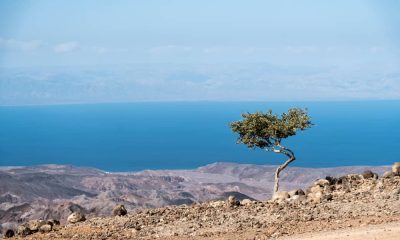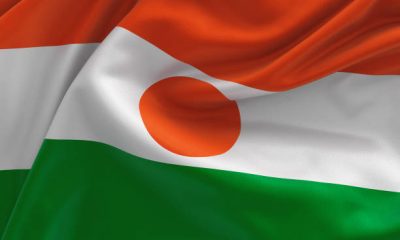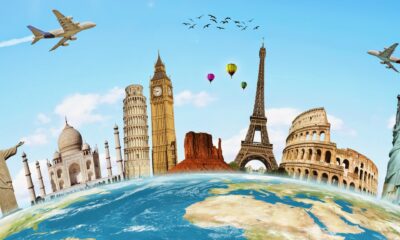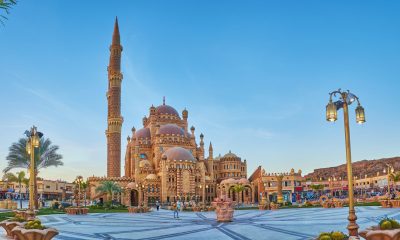Travel
These Are Literally The Best Things To Do In Johannesburg
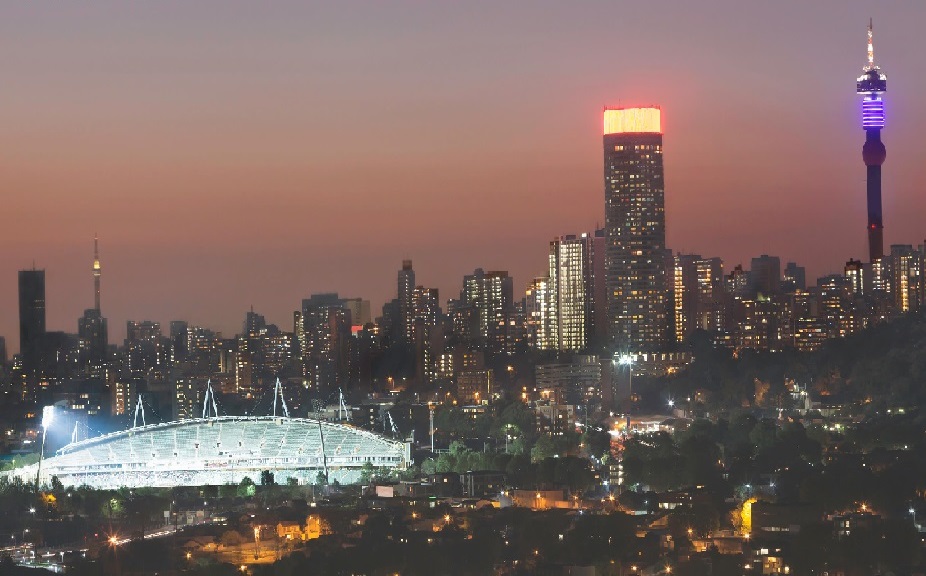
Johannesburg, popularly known as Jozi, is South Africa’s largest metropolis. It is the provincial capital of Gauteng, South Africa’s richest city. The city is one of the world’s 50 largest urban areas by population, and it is also the world’s largest city that is not located on a river, lake, or coastline.
Johannesburg was founded in 1886, following the finding of gold, on what had previously been a farm. Due to the extraordinarily enormous gold discoveries discovered along the Witwatersrand, the population grew to almost 100,000 people in ten years. It is home to over half of the world’s human ancestor fossils. It also has the world’s largest man-made forest. It is home to Africa’s tallest building.
1. Make A Stop At The Apartheid Museum
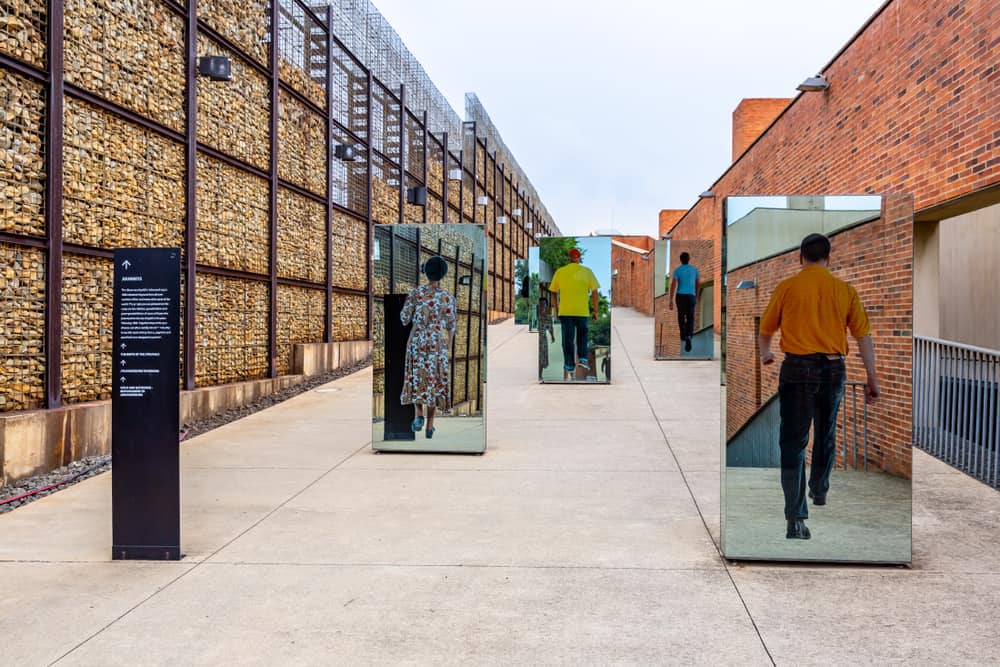
The Apartheid Museum, which opened in late 2001, is situated halfway between Johannesburg’s CBD (Central Business District) and Soweto. It is part of the Gold Reef City amusement park and houses the most comprehensive study of the country’s historical racial segregation regulations.
Both hard-hitting and touching, the realities of apartheid are brought to life through cleverly thought-out curation. This includes having two entrances, with visitors randomly split between them.
The exhibits and displays within don’t shy away from 40 years of events, such as the Sharpeville Massacre and the Soweto Uprising, which resulted in the lives of hundreds of innocent residents.
2. Visit Johannesburg Botanical Gardens

Johannesburg Botanical Gardens, which spans 81 hectares, was established in 1969. Since then, a grassy area used as a driving range for golfers has been transformed into a popular entertainment space.
Visitors will find an arboretum of trees from around the world, an 85-species succulent garden, and a Shakespeare garden with herbs mentioned in Shakespeare’s plays. This is in addition to the Emmarentia Dam’s rose garden and reservoir.
3. Go To Origins Center
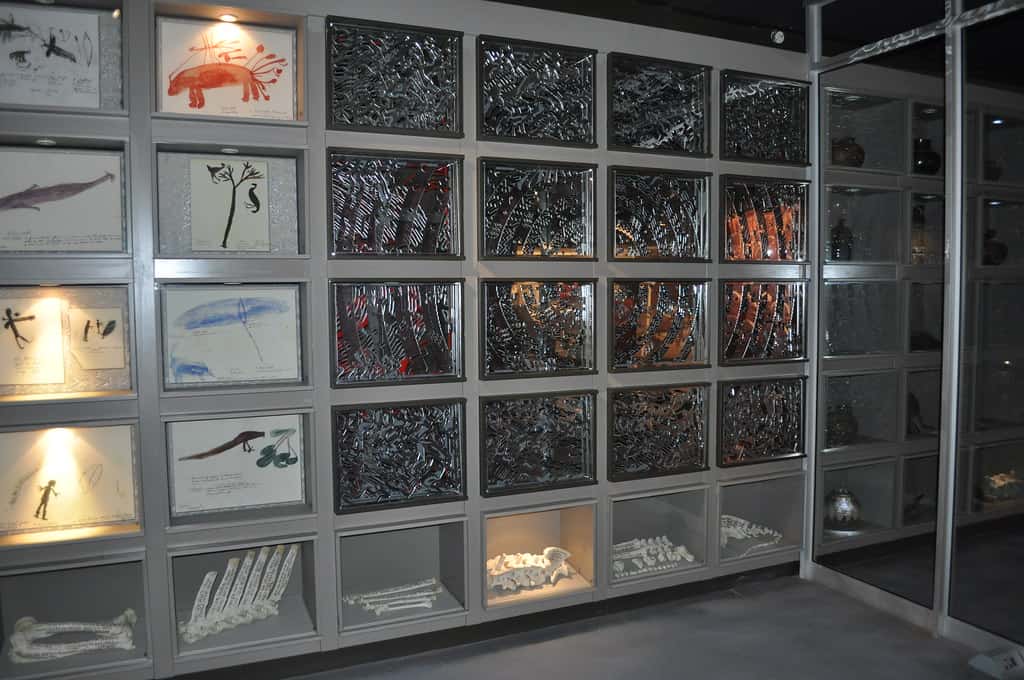
South Africa’s history goes beyond apartheid and European colonization from the 1650s. The Origins Center lets you travel back over two million years. This human evolution museum explores our biological, artistic, and cultural evolution.
The Origins Center preserves a vast collection of southern African rock art. San people inhabited much of South Africa before Europeans arrived. Stone implements are also on display in the modern museum.
4. See Gandhi Square
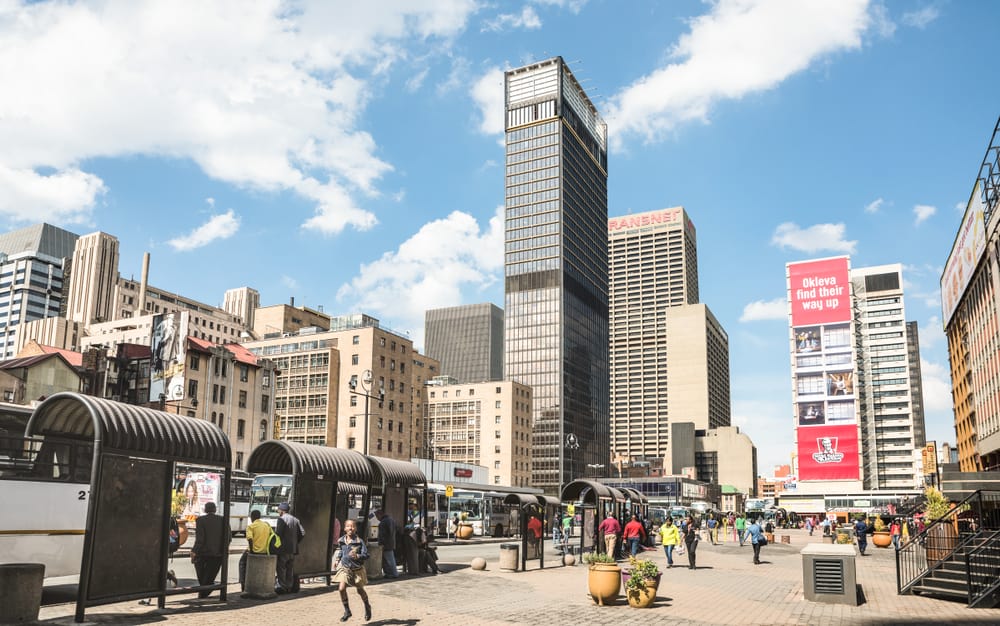
Gandhi Square is a wide plaza named after the Indian activist, who was a lawyer in Johannesburg, in Marshalltown, a neighborhood of shiny office complexes owned by big banks. After a major renovation, stores and cafes have returned to the area.
In 1900, Afrikaner Boer soldiers surrendered to the British military in Government Square, ending the siege. A few well-designed heritage buildings have survived the tower blocks on the fringe of the region.
5. You Have To See Johannesburg Art Gallery
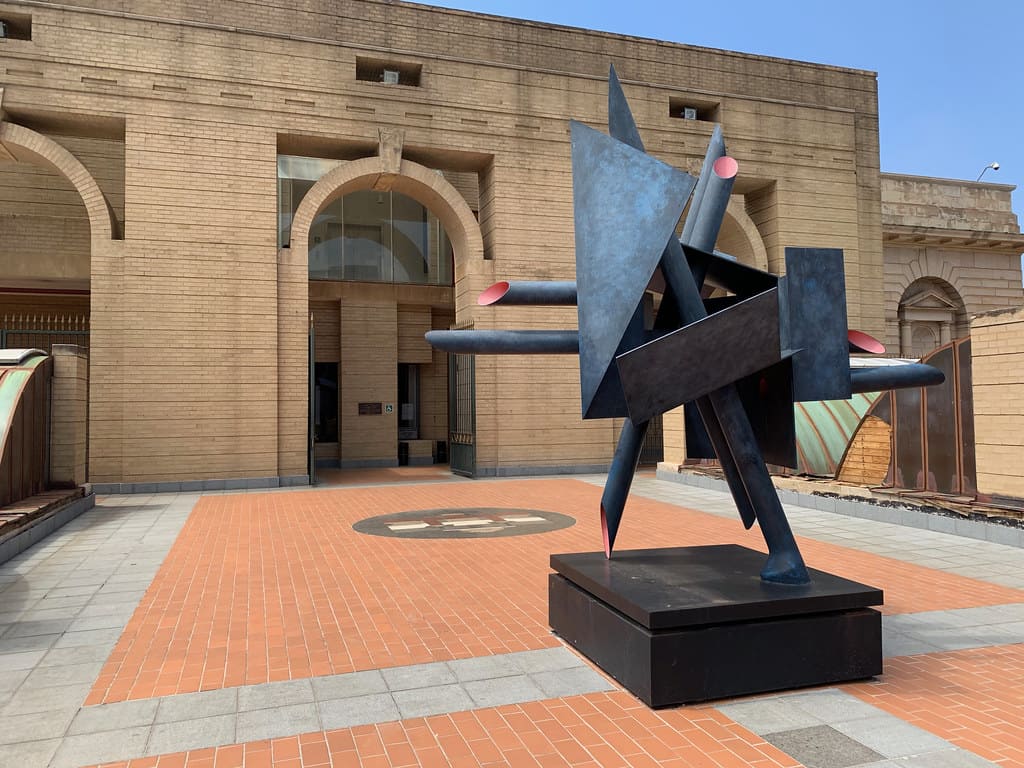
Johannesburg Art Gallery, at Joubert Park, boasts Africa’s largest collection. Its 15 connected galleries and tiny sculpture garden display 17th-century Dutch and modern local art.
The exhibition features Rodin, Picasso, and Moore, but the main draw is South African art. The gallery bought Gerard Sekoto’s Yellow Bricks in 1940, the first black piece in the country. Also watch for Jacobus Pierneef, Sydney Kumalo, and Walter Battiss.
6. You Have To Go To Soweto
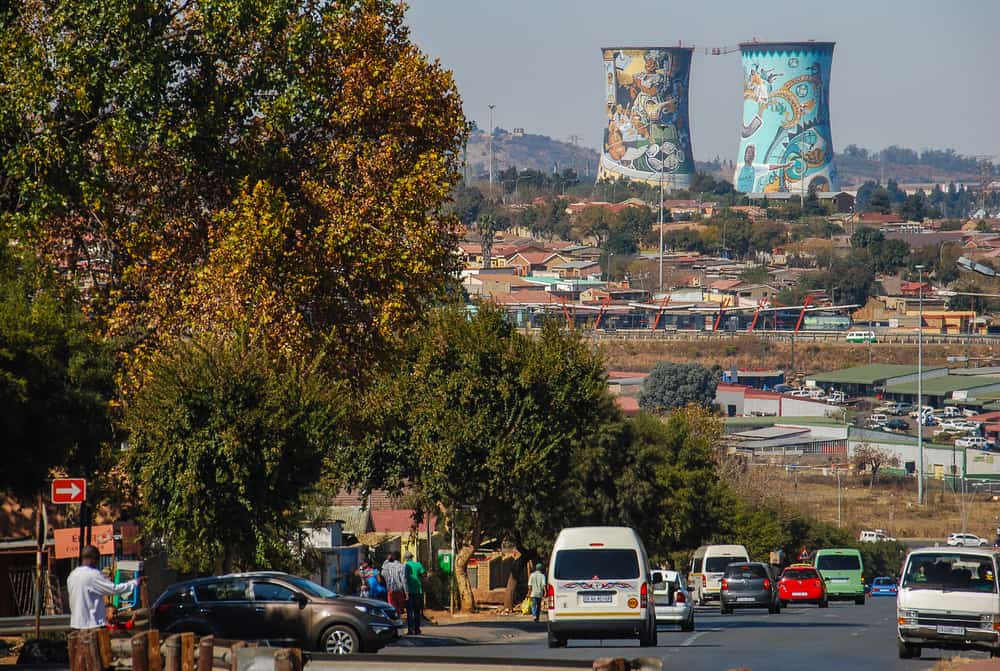
South-West Townships, or Soweto, was built to settle non-white Johannesburg residents beyond the city core. Today, it houses key landmarks from the 1976 Soweto Uprising and other anti-apartheid protests.
Soweto’s landmarks begin with Walter Sisulu Square, best seen on a tour. A large grassy square, it is an open-air museum on the Freedom Charter, which outlines democratic South African ideas. Other attractions include the Mandela House Museum and 33-story Orlando Towers. Former power station cooling towers with vibrant murals are now one of the world’s most thrilling bungee jumping destinations.
7. See The Constitution Hill Human Rights Precinct
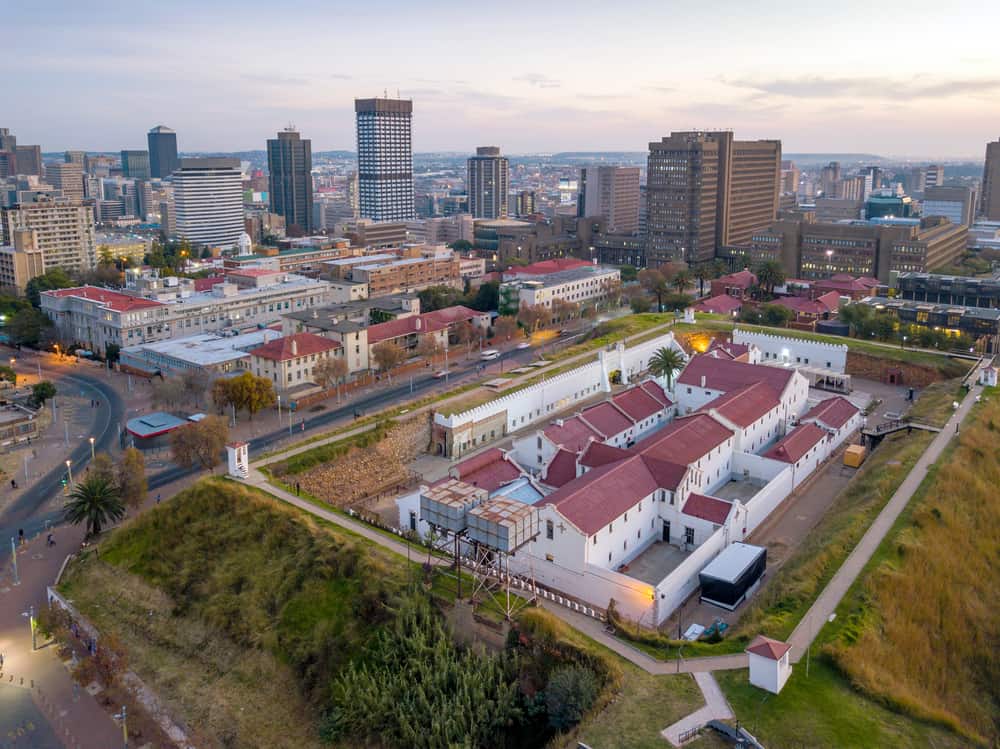
Constitution Hill, the South African Constitutional Court’s headquarters, is not dry. The construction dates back to Johannesburg’s early days. A fort turned prison turned museum, Mahatma Gandhi and Nelson Mandela were imprisoned there.
The museum’s Old Fort, Women’s Jail (or Gaol), and Number Four (or Native Prison) buildings help document apartheid’s terrible impacts. A café with scrumptious delicacies and an eternal Flame of Democracy lighted by Mandela on the 15th anniversary of South Africa’s new constitution in 2011 are there.
8. Check Out Braamfontein
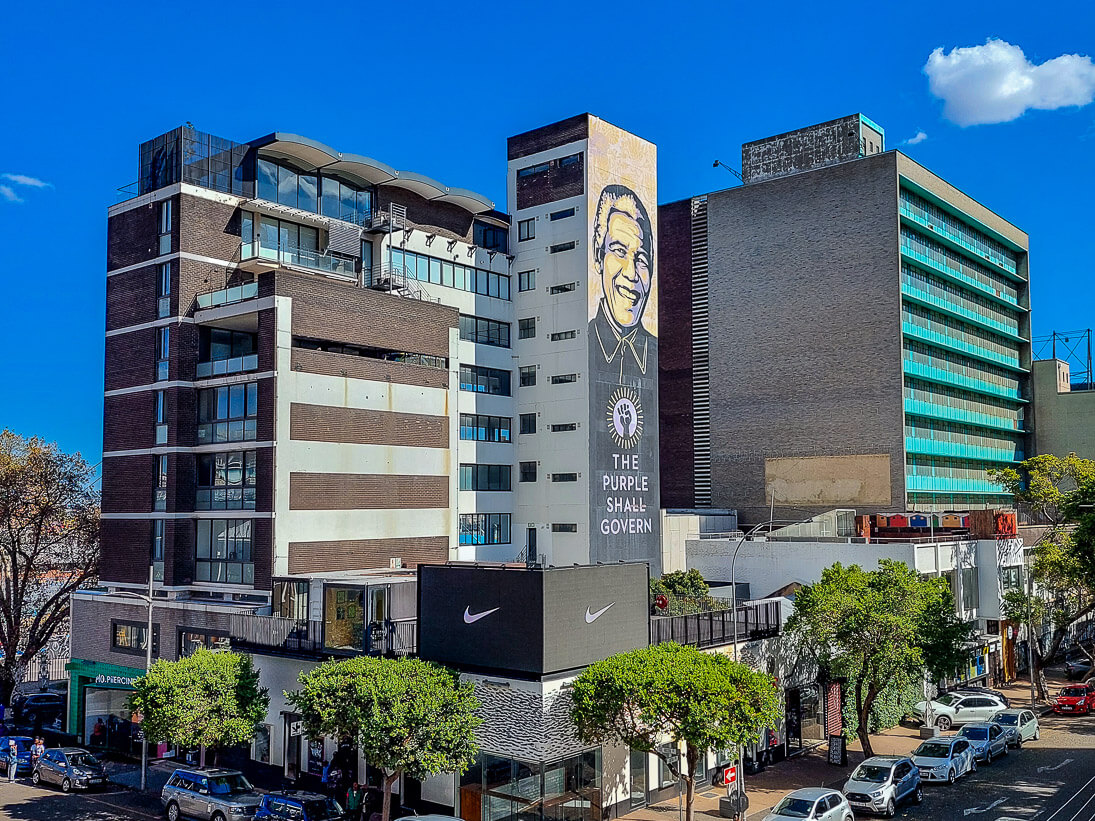
With two major universities nearby, there’s always something intriguing happening in Braamfontein. A fashion and music hotspot, the weekend is usually the ideal time to explore this region of Johannesburg because students are not in class.
The ‘Neighborgoods Market,’ which began in Cape Town before migrating to Johannesburg, is one of the things to do. Visitors and locals can browse the two floors of apparel, food, and drink. The rooftop bar takes advantage of the setting. There are more typical boutiques nearby that share the newest in cool, as well as a rooftop farm.
9. Hop-on Hop-off Bus
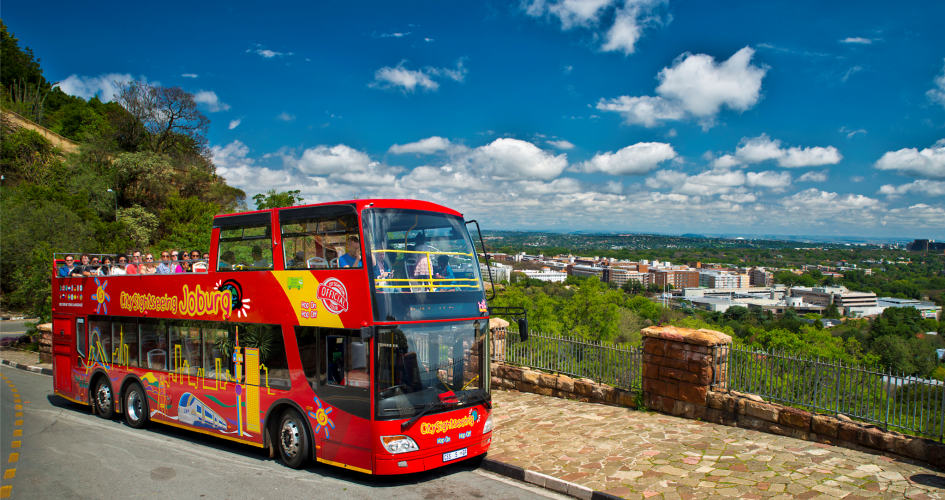
Johannesburg’s hop-on hop-off tourist buses, which are common in cities around the world, should not be overlooked. This is especially true given the city’s vastness if you only have a few hours to spare.
They typically take two routes, one focusing on landmarks in the city core and the other venturing further afield. The commentary provides some context for what you’re seeing; if the weather is nice, try to get seats on the open top deck.
If nothing else, these busses are a wonderful method to get to the Apartheid Museum if you don’t have your own transportation.
10. Go To The National Museum of Military History

This is a vast museum with indoor and outdoor exhibits illustrating South Africa’s military’s role throughout the country’s sometimes violent history. Its huge collection of items on exhibit includes numerous tanks and airplanes, including famous planes from World War II such as a Spitfire and Messerschmitt 109.
The collection, which includes minor objects, documents the role of South African armed forces from the early 1900s to the 1994 free elections. Its grounds also include Sir Edwin Lutyens’s spectacular Anglo-Boer War Memorial.
11. See Wits Art Museum
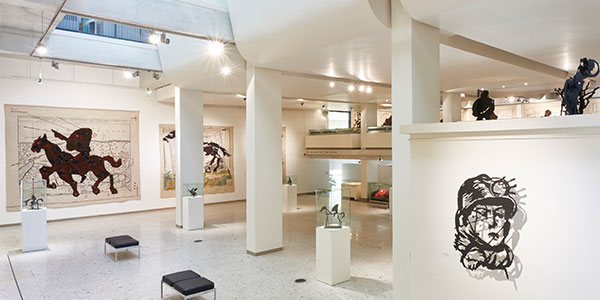
The architecturally stunning Wits Art Museum opened in 2012, making it one of Johannesburg’s most recent attractions. The gallery’s 5,000 square meters of exhibition area contains a strictly chosen mix of both traditional artworks such as carvings and contemporary creations, including 10,000 distinct works of art.
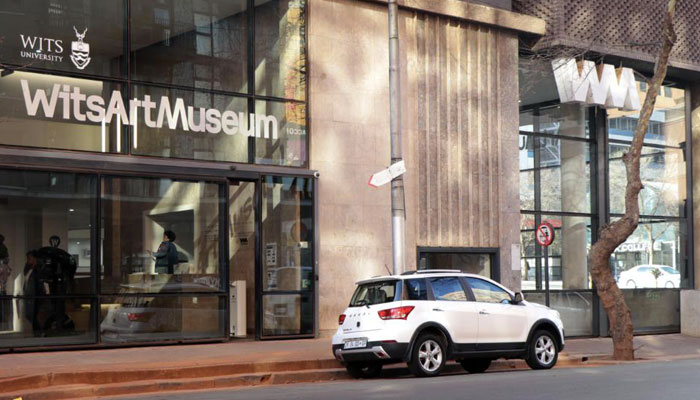
The clean white space really brings out the best in each thing on show, whether it’s modern South African photography, fabrics, watercolors, or sculpture.
12. Museum Africa
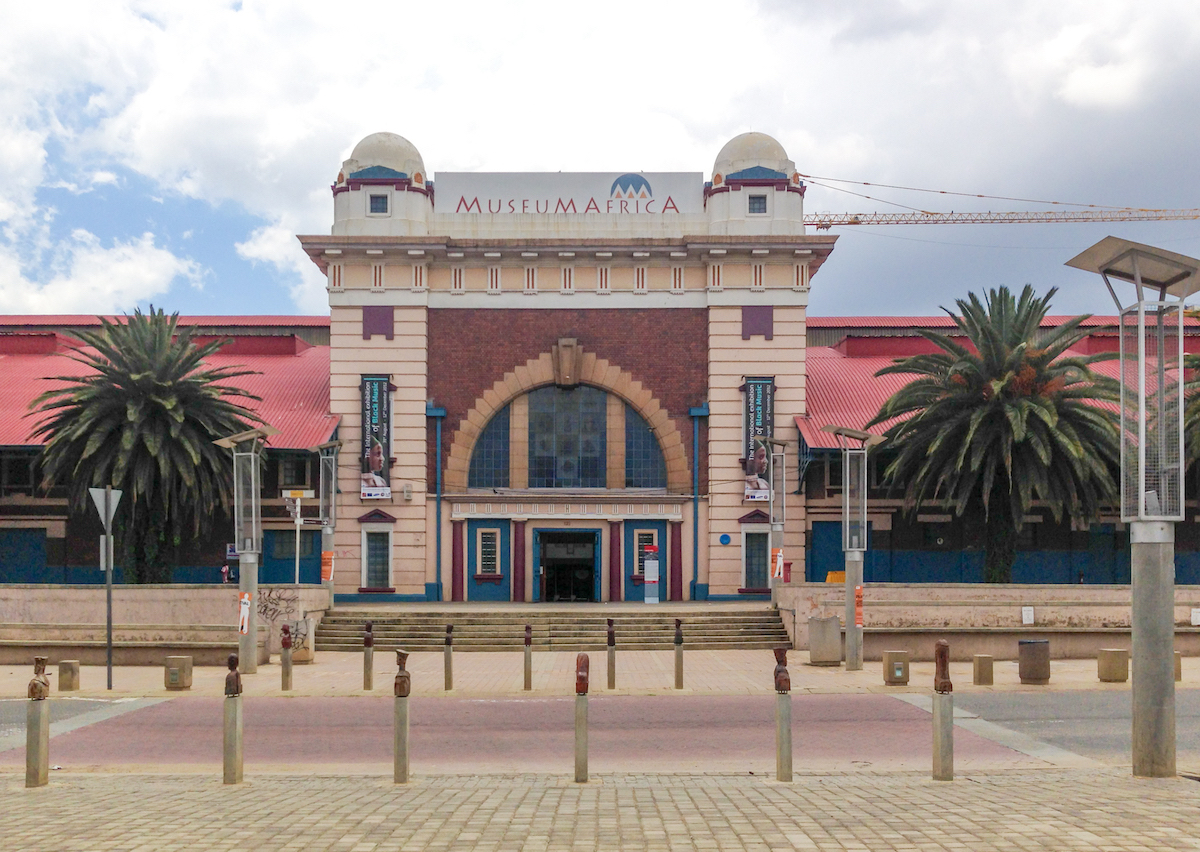
Museum Africa comprises an entire side of Mary Fitzgerald Square, occupying a fruit and vegetable market structure built in 1913. Its mission is to cover the entire continent’s civilizations. It accomplishes this by displaying musical instruments, masks, traditional clothes, and other artifacts.
However, Museum Africa also houses an image-based exhibition that depicts the changing face of Johannesburg throughout time. Additional exhibits focus on the Rivonia Trail, where Mandela was imprisoned for 27 years, and the history of photography in South Africa.
13. Maboneng
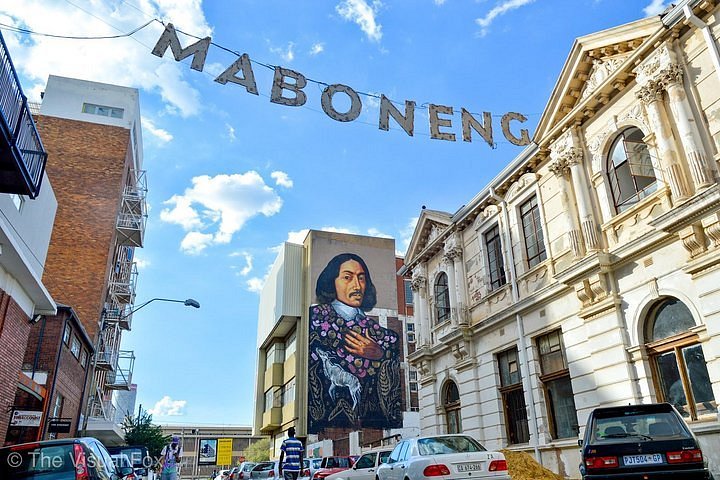
Maboneng Precinct, one of the world’s most successful regeneration schemes, has lots to see, do, and eat. Street art and Art on Main studios make the neighborhood a hub for art aficionados.
Fox Street, along with Main Street, is the neighborhood’s core, with several contemporary coffee shops and cafes. After dark, nightclubs take over, especially on Saturday nights, when Maboneng is the place to be. If you stay up, you may see Sunday’s Market on Main at Art on Main.
14. Newtown
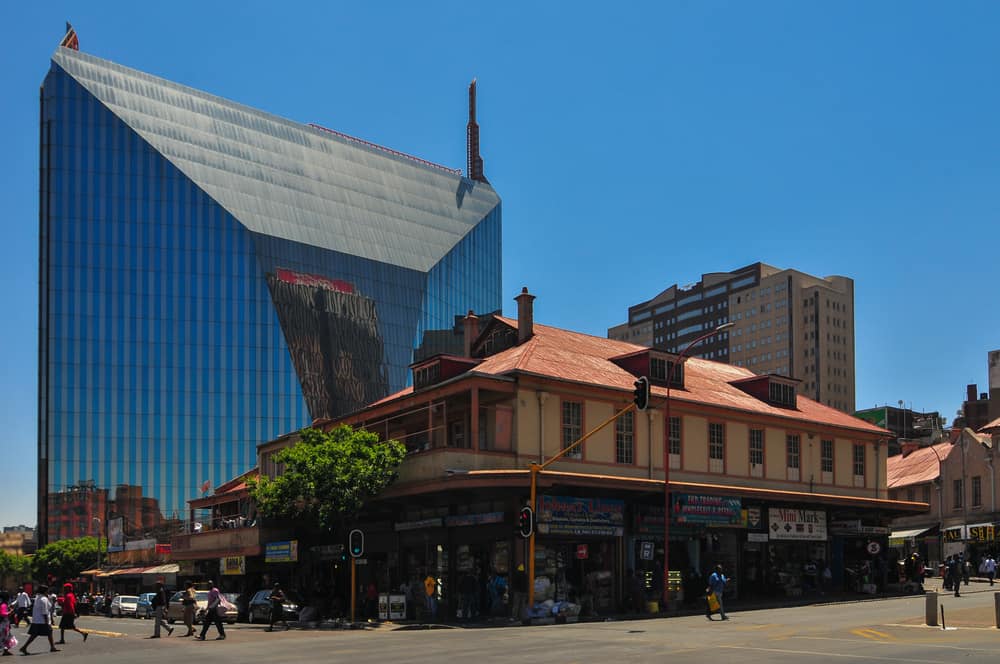
Newtown, located just south of Johannesburg’s major rail station (the largest in Africa), isn’t exactly new. Since the city was founded in the late 1800s as Brickfields, it includes several historically significant buildings, notably Turbine Hall.
Newtown’s pleasantly calm streets are noted for its performance venues, which include The Market Theater and the Carfax live music venue. It also houses the family-friendly Sci-Bono Discovery Center scientific museum as well as The Workers’ Museum.
15. The Wilds
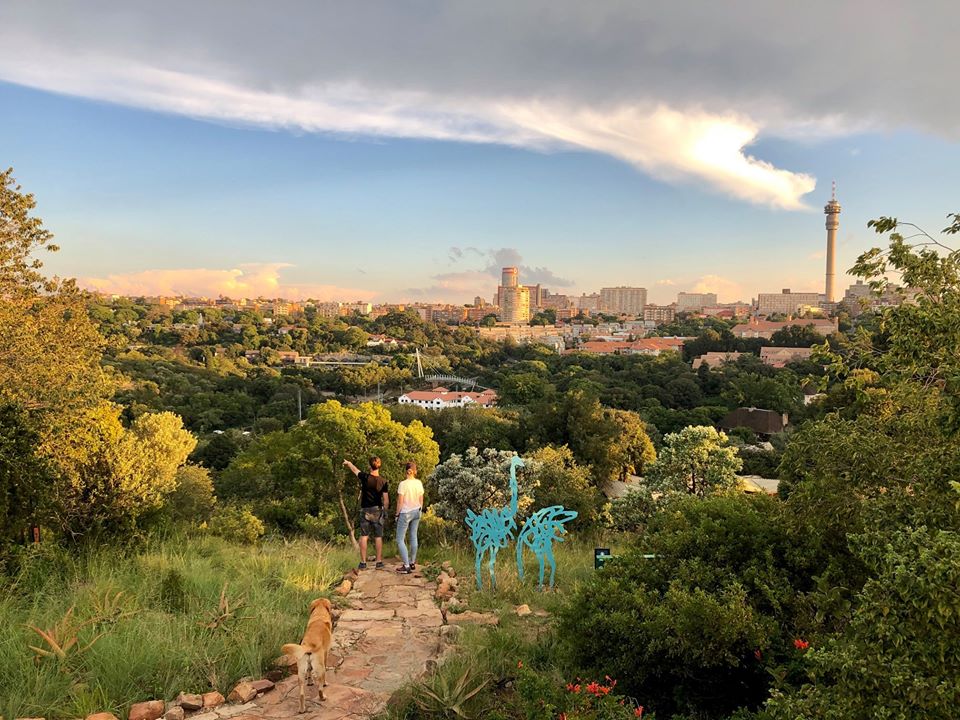
The Wilds is an inner-city park and wildlife reserve in Johannesburg’s Houghton district. It is sixteen hectares in size and encloses two koppies, or rocky hills, with views back to the center of Jo’burg.
The main draw of The Wilds, however, are its artworks, which are mostly vividly colored laser cut animals created by local artist James Delaney. They began with an owl forest, which housed about 70 of the birds. The numerous artworks are visible thanks to eight kilometers of walkways that wind through mostly indigenous plants.

